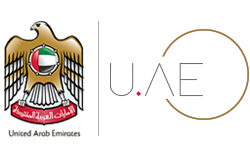The link might be broken
or the page may have been removed
Check below suggestions
- The address may have changed since you last accessed the page. We recommend to go back to Home or try searching the portal to find what you are looking for.
- If you typed the address, make sure the spelling is correct.
- You can also go to the Site map for an overview of the content on this portal.
- If you received this error after clicking on a link from within the portal, or if the problem persists, please report the error via the Contact us form.



